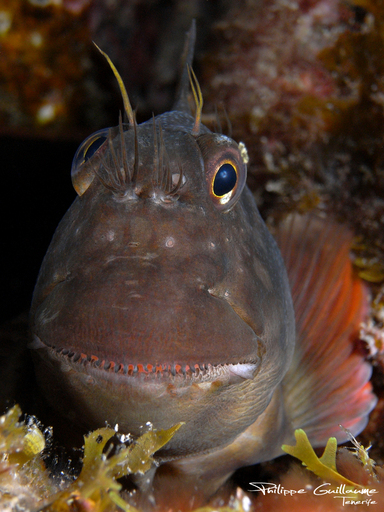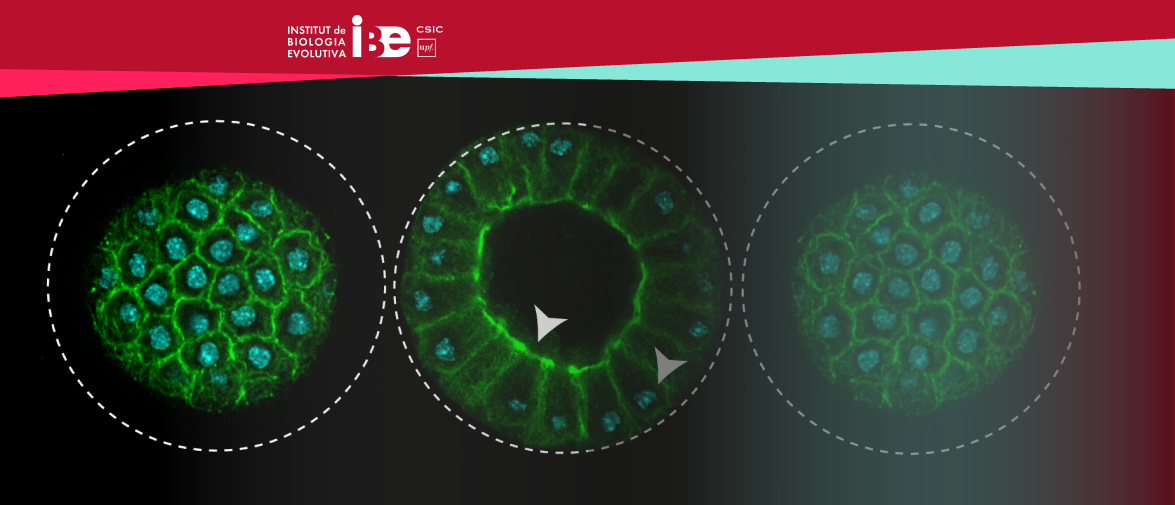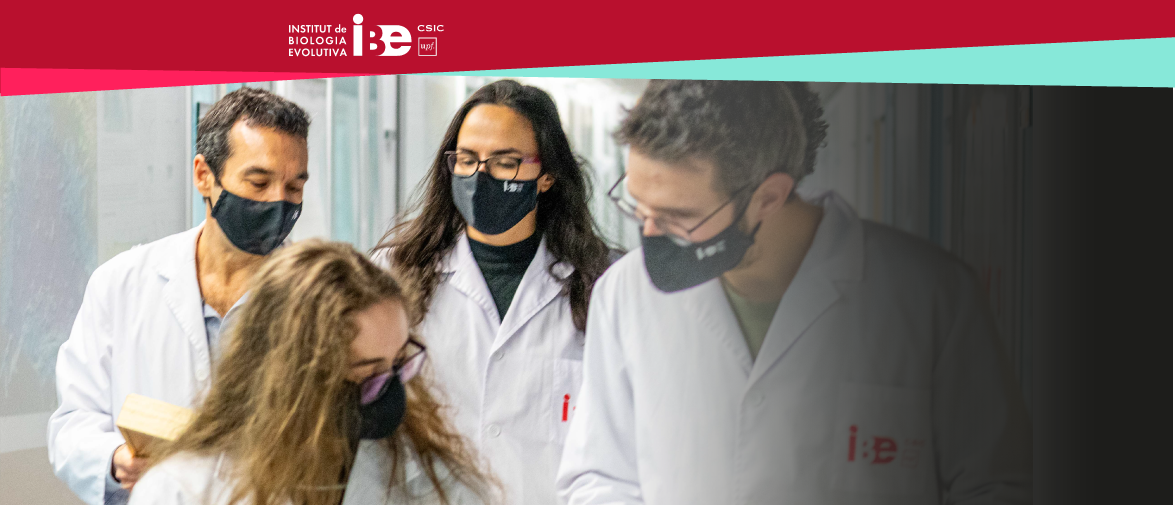Revelat un paràsit dels peixos que havia passat desapercebut a tot el món
Un estudi internacional liderat per l'Institut de Biologia Evolutiva (IBE) i la Rosenstiel School of Marine, Atmospheric, and Earth Science de la Universitat de Miami ha detectat un paràsit present en molts peixos marins de tot el món.
Aquest organisme pertany als apicomplexos, un dels grups de paràsits més importants en l’àmbit clínic. No obstant això, havia passat desapercebut en estudis anteriors.
El paràsit està geogràficament i taxonòmicament estès en les espècies de peixos al voltant del planeta, amb potencials implicacions per a la pesca comercial i les xarxes alimentàries oceàniques.

L'oceà alberga un vast mosaic de vida sota la seva superfície, on cada dia es teixeixen milions de relacions entre els seus habitants. Mentre llisquen per la immensitat de les seves aigües, els peixos i altres animals interactuen amb una miríada d'organismes microscòpics. Alguns d'ells s'integraran en els seus cossos, nodrint la cadena tròfica en l'incessant cicle de la vida. A través de la seva informació genètica, podem detectar molts d'aquests simbionts microbians en la sang dels seus hostes. No obstant això, poden passar desapercebuts si no els estàs buscant.
Ara una recerca internacional liderada per Institut de Biologia Evolutiva (IBE), un centre mixt del Consell Superior d’Investigacions Científiques (CSIC) i la Universitat Pompeu Fabra (UPF), i la Rosenstiel School of Marine, Atmospheric, and Earth Science de la Universitat de Miami, ha caracteritzat un nou paràsit en un peix que habita els esculls tropicals, el bleni de llavis vermells (Ophioblennius atlanticus). L'equip internacional també ha revelat la seva presència en peixos de tot el món.
La nova recerca, que publica Current Biology, ha emprat un mètode innovador per a reconstruir part del genoma del paràsit a partir de dades genòmiques obtingudes del seu hoste i poder detectar la seva presència en altres espècies de peixos mitjançant un "codi de barres" genètic (DNA barcoding).
Revelat un paràsit "invisible" fins ara
Malgrat la seva presència en peixos de tot el món, el paràsit no s'havia caracteritzat fins ara. Les dades genòmiques de l'estudi han permès determinar que aquest paràsit pertany a un grup d'organismes no caracteritzats prèviament, i que han estat batejats com ictiocòlids, del llatí "habitant dels peixos".

Bleni de llavis vermells. Crèdit a Philippe Guillaume. CC BY 2.0 DEED
"Encara que s'havia identificat anteriorment mitjançant microscòpia, fins ara no havíem pogut separar el senyal genòmic del peix hoste i del paràsit. Per primera vegada, hem pogut identificar-los mitjançant el seu ADN, i situar-los dins del conegut grup de paràsits apicomplexos", comenta Javier del Campo, Investigador Principal de l'IBE en el grup d'Ecologia i Evolució Microbiana i en la Rosenstiel School a Miami, que ha liderat l'estudi.
El paràsit es troba en peixos de tot el món
Més enllà de permetre la descripció d'un grup totalment nou d'apicomplexos, la reconstrucció del genoma ha permès als investigadors identificar una sèrie de gens que es poden utilitzar per a detectar la presència d'aquest organisme en altres mostres genòmiques o de microbioma, com si es tractés d'un "codi de barres".
"Una vegada que trobem ictiocòlids en el bleni de llavis vermells, un peix tropical, ens preguntem si també forma part de la microbiota d'altres peixos", comenta Anthony Bonacolta, estudiant de doctorat de la Rosenstiel School a la Universitat de Miami i primer autor de l'estudi.
L'equip va comparar l'ADN d'aquests apicomplexos amb les bases de dades públiques dels microbiomes de centenars d'espècies de peixos d'aigües dolces i marines. Els resultats van mostrar que aquests paràsits apareixen associats a la majoria d'espècies de peixos marins analitzats i presents en tots els oceans. Es tractaria doncs d'un dels paràsits més estesos entre els peixos marins, amb implicacions potencials per a la pesca comercial i les xarxes alimentàries oceàniques.
"Futurs estudis ens podran ajudar a comprendre millor l'impacte d'uns paràsits amb tanta prevalença com els ictiocòlids en els ecosistemes marins", apunta del Campo.
Un nou membre en la família dels paràsits apicomplexos
Els ictiocòlids pertanyen als Apicomplexos, un gran grup de paràsits que inclouen els causants de la Malària i la Toxoplasmosi. Alguns d'ells també parasiten a altres mamífers, ocells o coralls, i no solen representar un risc directe per a la salut humana. No obstant això, és important estudiar-los per a la salut dels ecosistemes oceànics i per a obtenir més context sobre l'evolució d'aquests paràsits humans.
El descobriment dels ictiocòlids afegeix més context a aquesta evolució. Per primera vegada, els situa com un grup germà d'uns coneguts habitants del corall, els coral·licòlids, també descrits recentment com apicomplexos.
"L'estudi dels ictiocòlids no sols revela més sobre l'evolució dels principals paràsits, sinó també sobre altres trets bàsics dels apicomplexos que poden ser importants en un sentit clínic. Poden utilitzar mecanismes d'infecció similars (ja que també són un paràsit sanguini) o tenir una altra biologia similar que pot ajudar a comprendre la biologia d'altres apicomplexos", afegeix Bonacolta.
Article referenciat
Anthony M. Bonacolta, Joana Krause-Massaguer, Nico J. Smit, Paul C. Sikkel, & Javier del Campo (2024). A new and widespread group of fish apicomplexan parasites. Current Biology. DOI: 10.1016/j.cub.2024.04.084






















